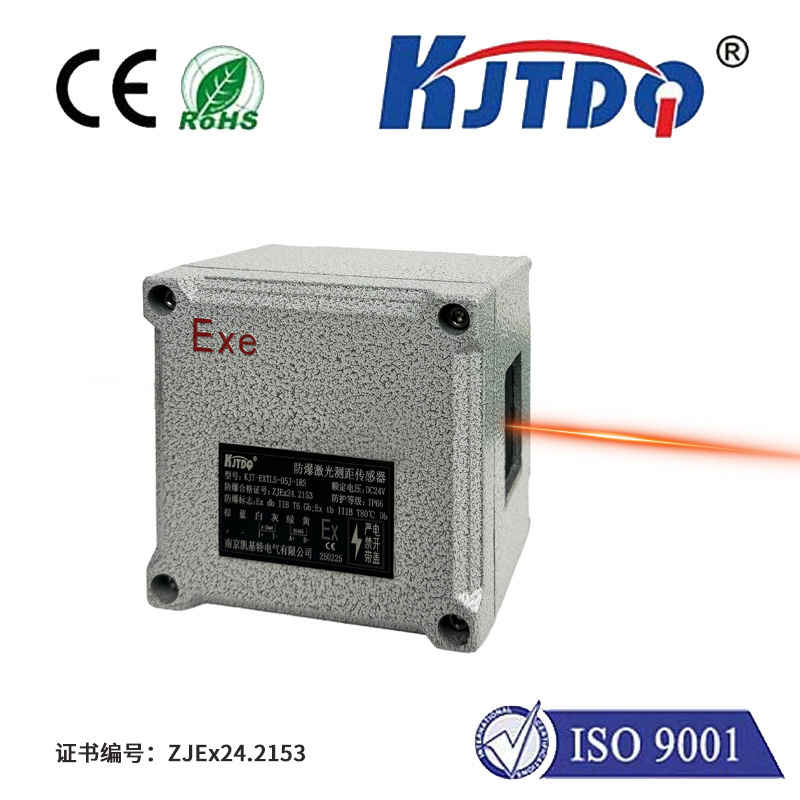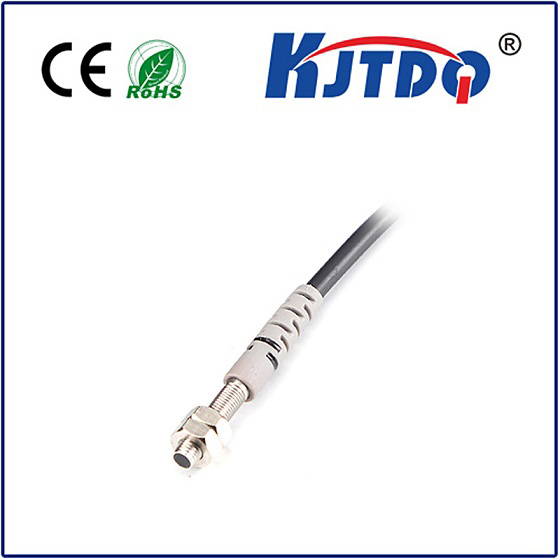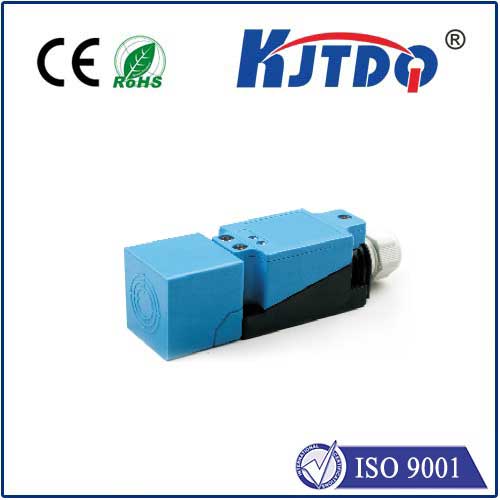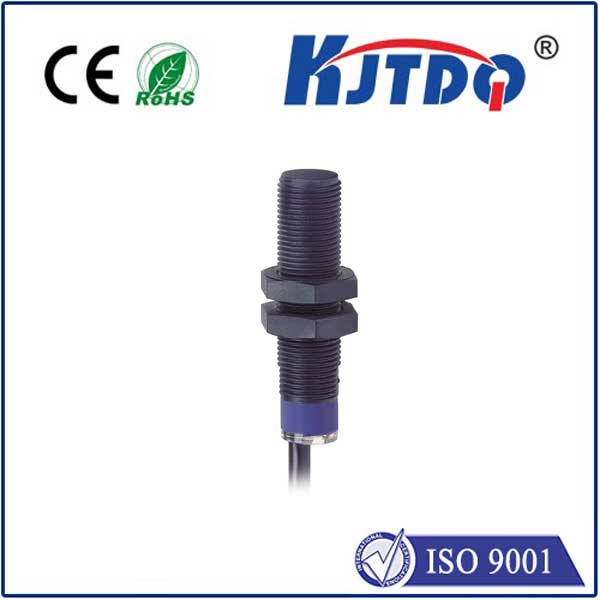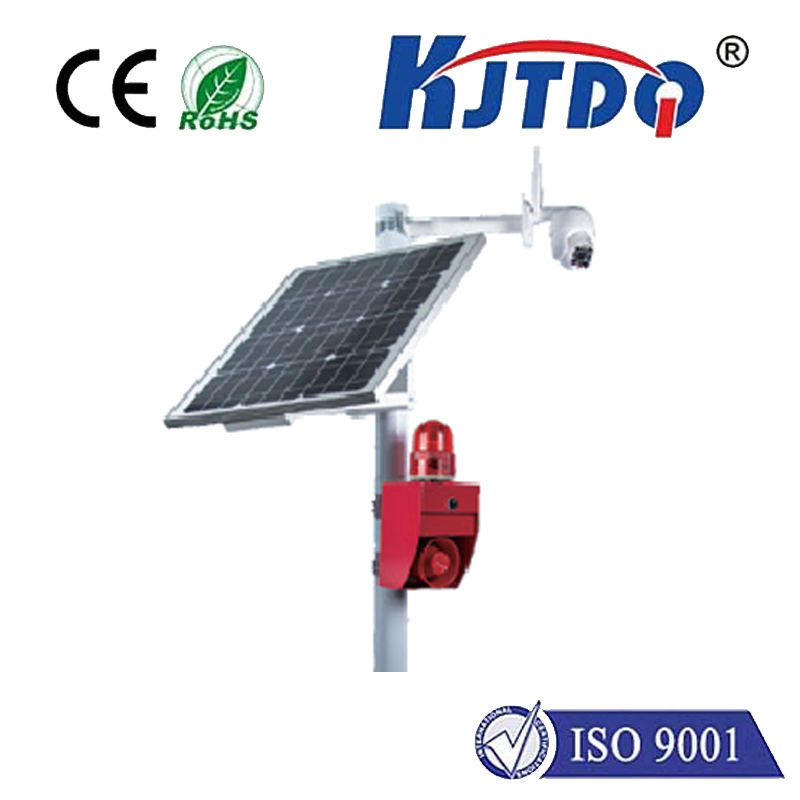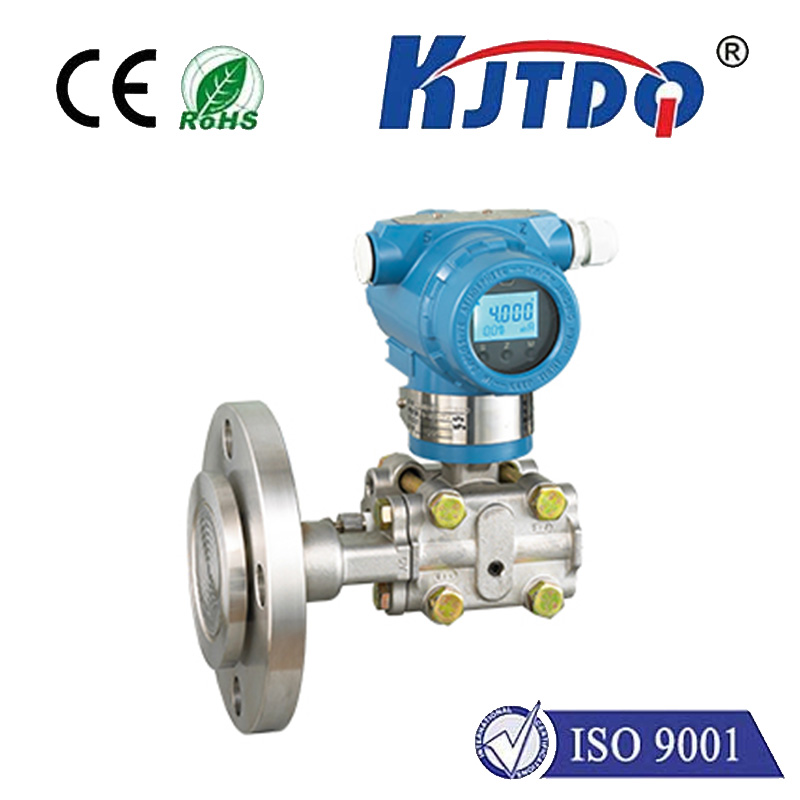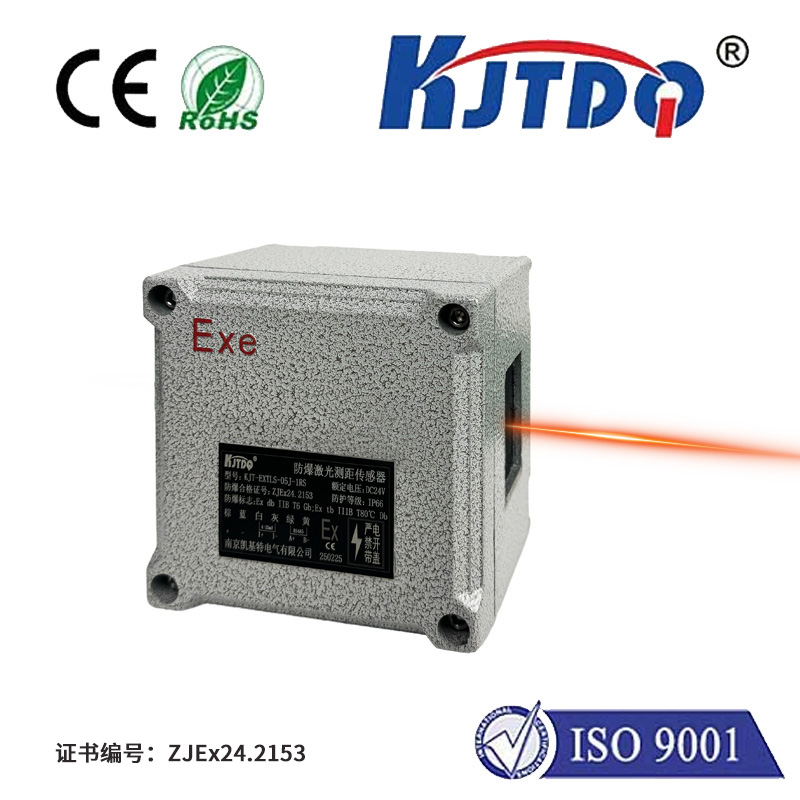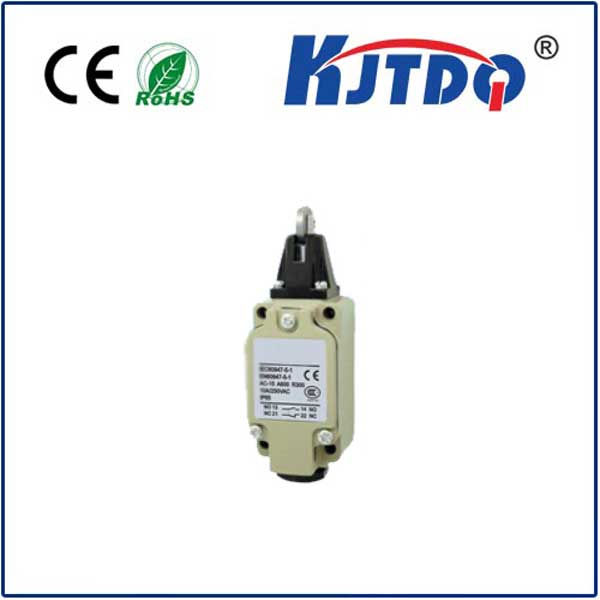
check

check

check

check
Title: The Evolution and Advancement of Long Range Laser Sensor Technology
Long range laser sensors have become an essential component in various industries, such as robotics, automotive, aerospace, and defense. These sensors offer a high level of precision, accuracy, and reliability, making them indispensable in numerous applications. In this article, we will explore the evolution and advancement of long range laser sensor technology, including its history, current state, and future prospects.
1. The Origin of Long Range Laser Sensors
The concept of long range laser sensors dates back to the early 20th century when scientists began experimenting with lasers for military purposes. However, it wasn't until the 1960s that the first commercially available laser rangefinder was introduced by Bell Labs. This device used a laser beam to measure the distance between two points, which laid the groundwork for long range laser sensors.
2. Early Developments and Applications
In the 1970s and 1980s, long range laser sensors primarily found their use in military applications such as missile guidance, target tracking, and radar jamming. However, as technology continued to advance, researchers began exploring the potential of using lasers for non-military applications such as environmental monitoring, traffic control, and industrial automation.

3. Modern Long Range Laser Sensors
Today, long range laser sensors are widely used in various sectors due to their superior performance characteristics. They offer precise measuring capabilities over long distances without requiring line-of-sight or any physical contact between the sensors and targets. Some of the key features of modern long range laser sensors include:
a. High resolution: Long range laser sensors can detect small changes in distance or angle with high accuracy, making them ideal for tasks that require precise measurements.
b. Wide field of view: Many long range laser sensors can cover large areas with a single beam, enabling them to monitor and track multiple objects simultaneously.
c. High speed: Some long range laser sensors can process data at speeds of up to several hundred frames per second, allowing them to react quickly to changes in the environment.
d. Integrated sensors: Many long range laser sensors include other components such as cameras, microphones, and GPS receivers, making them multifunctional and versatile devices.
4. Future Prospects of Long Range Laser Sensors
Looking ahead, there are several promising areas where long range laser sensors are expected to make significant contributions in the coming years. These include:
a. Space exploration: Long range laser sensors could be used to explore distant planets and moons without the need for human intervention or costly spacecraft.
b. Automation and robotics: Long range laser sensors could enhance the capabilities of autonomous vehicles, drones, and robots by providing accurate navigation and perception information.
c. Environmental monitoring: Long range laser sensors could be used to monitor wildlife populations, detect pollution levels, and assess the impact of climate change on ecosystems.
d. Healthcare: Long range laser sensors could aid in medical procedures such as eye surgery or brain imaging by providing precise measurements and minimizing invasiveness.
